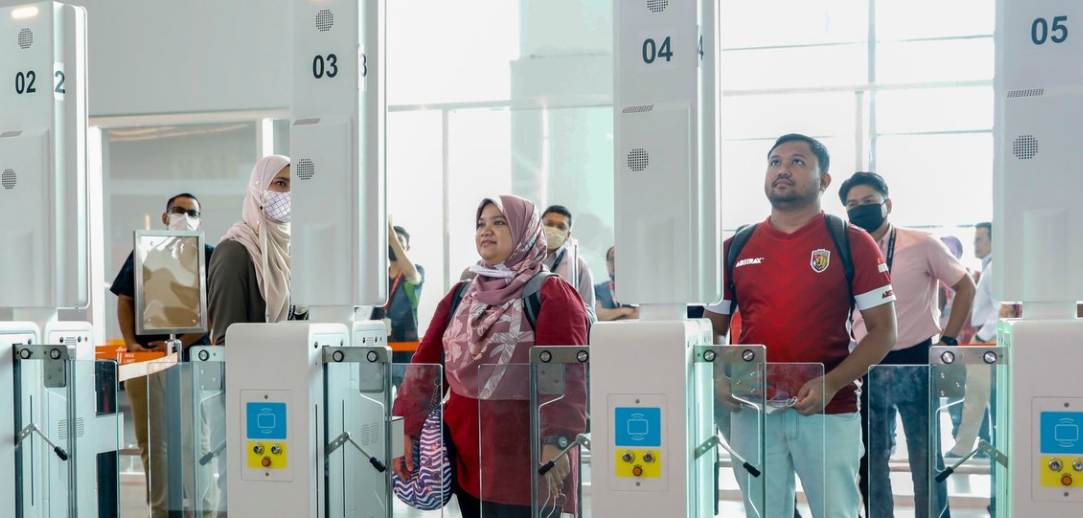Preliminary traffic data has shown that 365 million international passengers were carried by Asia-Pacific airlines during 2024, according to data from the Association of Asia Pacific Airlines (AAPA).
The airline association, for scheduled international airlines based in the Asia Pacific region, noted that this figure represents an increase in passenger numbers of 30.5% in comparison to the previous year. AAPA said that this has been driven by an increase in flight frequencies alongside network expansions, while robust e-commerce activity and disruptions to maritime shipping drove air cargo volumes higher.
“The post-pandemic recovery on Northeast Asia routes, helped by the relaxation of visa policies, together with overall healthy demand across the region, drove growth in both leisure and business travel markets,” said Subhas Menon, AAPA director general. “Consequently, the region’s carriers achieved a record-high international passenger load factor of 81.6% in 2024, amidst capacity constraints stemming from ongoing supply chain shortages and delays in aircraft deliveries.”
AAPA noted that demand measured in revenue passenger kilometres (RPK) increased by 28% during the year, reflecting strength on regional routes.
In addition to an increase in passenger volumes, international air cargo markets also recorded growth in 2024, following two years of decline. Demand as measured in freight tonne kilometres (FTK) rebounded with a 14.9% increase for the year, the average international freight load factor rose slightly by 0.2 percentage points to 61%.
AAPA stated that the outlook for 2025 remains “broadly positive” despite challenges impacting airlines, such as rising labour and aircraft leasing costs, as well as operational pressures due to ongoing delays in aircraft deliveries.
The association includes airlines such as Singapore Airlines, Cathay Pacific and Air India.

